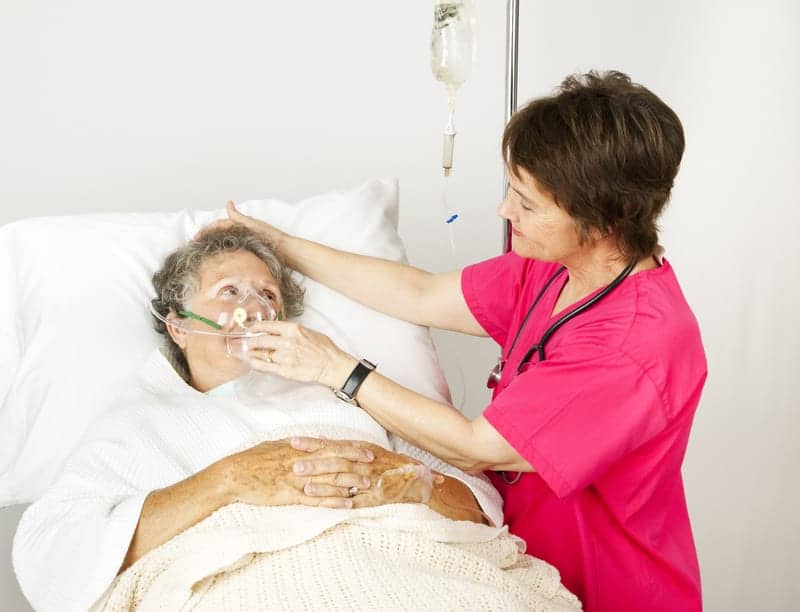The Ohio State University College of Medicine at the Wexner Medical Center, along with Brigham and Women’s Hospital in Boston, will receive $17.7 million from the National Institutes of Health to launch a significant, multicenter clinical research trial.
The researchers will examine the use of low-flow nighttime oxygen therapy to treat central sleep apnea in patients with heart failure.
Ohio State receives $12.1 million as the clinical coordinating center, and Brigham and Women’s Hospital receives $5.6 million as the data coordinating center for the 6-year study.
“This grant award recognizes our leadership in the cardiovascular-sleep medicine arena, and it validates nearly 15 years of work we have committed to build our multi-disciplinary programs and research infrastructure,” says K. Craig Kent, MD, Ohio State dean of the College of Medicine, in a release. “Through partnerships across Ohio State, we are well positioned to be a leader in multicenter NIH-funded trials in the future.”
“Unfortunately, the common therapies that work for obstructive sleep apnea, such as oral devices or positive airway pressure, don’t work for CSA,” says William T. Abraham, MD, national co-principal investigator for the study and director of the Division of Cardiovascular Medicine at Ohio State Wexner Medical Center. “Some small studies of oxygen therapy have had mixed results, so definitively answering this question with a randomized, double-blind trial will have a significant impact on patient care.”
The study will enroll 858 people who have heart failure and central sleep apnea at more than 30 sites across the country. Patients will be randomized to receive either low-flow oxygen therapy from an oxygen concentrator or room air from an identical sham device. Researchers will follow participants for an average of 30 months to monitor for heart failure-related events, as well as exercise capacity, quality of life, functional status, and mood.
Brigham and Women’s Hospital will leverage its expertise in managing both sleep and cardiovascular trials to ensure that state-of-the-art tools and approaches are used to minimize patient burden in collecting sleep and oxygen data over several years, and to collect a wide variety of clinical outcomes.
“This will provide the data needed to understand whether such a relatively simple treatment can improve symptoms, heart function and longevity in patients who currently have few treatment options,” says Susan Redline, MD, MPH, national co-principal investigator and senior physician, Division of Sleep and Circadian Disorders at Brigham and Women’s Hospital.
Researchers expect to begin enrolling patients later this year.




